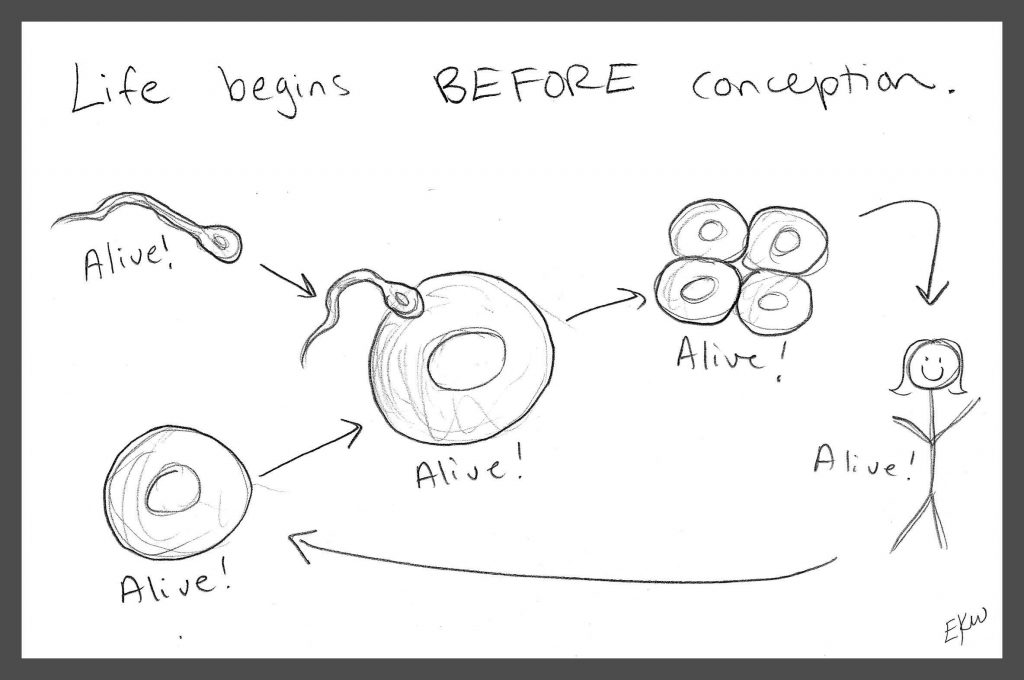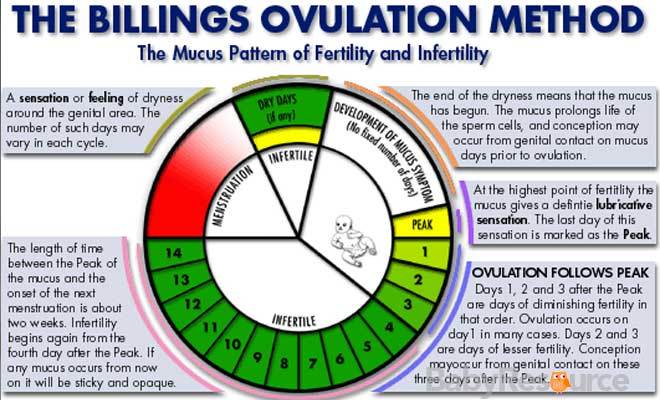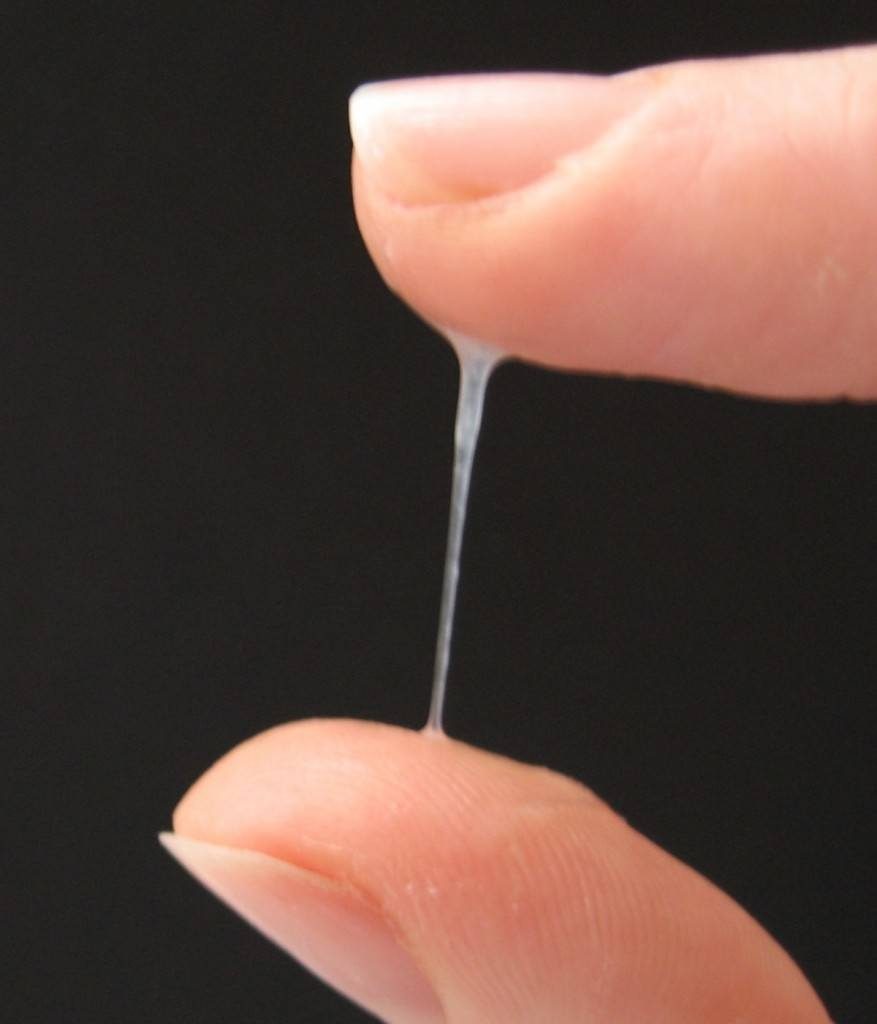Fertility Calendar – Below you will find my fertility calculator/calendar. It is simple and self explanatory to use.
Just select the first day of your last period, then the number of days in your cycle and lastly how long your period lasts.
The fertility calendar will populate with when you are fertile, ovulating and when your period may begin. Try it!
Table Of Contents
Fertility Calendar
Tooltip:
Period: The bleeding you have at the end of your cycle. If you get your period, you’re not pregnant.
Ovulation: When you ovulate, an egg is released into the fallopian tubes. Conception can now occur.
Fertile: Your fertile days are the days before and right after ovulation – when you’re most likely to get pregnant.
What is The Fertile Window?
Your fertility window is the time in your cycle when you have maximum chances of conception.
Just check via the fertility calendar above.
These most fertile days include the day of ovulation and five days prior to that.
Sperm can live from 3 to 5 days, but the life span of a healthy egg is 24 hours.
If fertilization does not happen within 24 hours of the egg leaving the ovary, the egg dissolves.
The fertile window is that time during which the sperm and egg are both viable and the chances of conception are maximum.
Yes!
Do Prenatal Vitamins Increase Fertility?
There is no denying the fact that a healthy body has a strong reproductive system and better chances of pregnancy, and vitamins play a vital part in maintaining optimal health and well being.
Popping some pills won’t make you magically pregnant, but it will ensure that your body has adequate stores of nutrients and essential minerals to help in producing healthy eggs and supplying sufficiently for the maturity and growth of the baby.
Fertility Vitamins:
Folic Acid: Folic acid is a major player in reproduction, long known for safeguarding against neural tube defects, it also helps in conception.
A study conducted by American Society of Reproductive Medicine, revealed that women who took multivitamins, especially Folic acid, six days a week or more, had a 40 percent lower risk of ovulatory failure as compared to those who did not take the vitamin.
A recent UK based showed a link between Folic acid deficiency and sperm abnormalities, the study concluded that men who took regular Folic acid had fewer sperm abnormalities.
Citrus fruit, green leafy vegetables, whole grains and legumes are rich sources of Folic acid.
Vitamin B12: Vitamin B12 helps regulating the ovulation and its deficiency can cause irregular ovulatory cycles.
It also helps to maintain the healthy lining of uterus for successful implantation of embryo and also helps to improve sperm quality.
It is found in fish, meat, eggs and dairy products.
Vitamin C: In women, Vitamin C helps to regulate progesterone levels in the Leuteal Phase, and in men it improves sperm motility and prevents sperm clumping.
Some great food sources of Vitamin C are Oranges, Lemons, Strawberries, Cherries and Spinach.
Vitamin E: Vitamin E, is essential to maintain membrane integrity of all living cells including Eggs and Sperm.
It also acts as an antioxidant and protects the DNA of reproductive cells.
Studies have shown evidence of infertility in rats having low vitamin E levels.
Sun Flower seeds, olives, almonds and dark leafy greens contain large amounts of this vitamin.
Vitamin D: It keeps your bones strong and helps in production and regulation of sex hormones resulting in better chances of conception.
Dairy products, eggs, fatty fish and cod liver oil contain Vitamin D.
You can also replenish vitamin D levels by sitting in sunlight for about twenty minutes a day. (Don’t forget to use sun block)
Other essential minerals with a strong positive effect on chances of getting pregnant include Iron, Zinc and Selenium.
What is Ovulation?
Women are born with about 1-2 million eggs, usually one egg matures every month, under the influence of hormones.
When it is ripe and ready to be fertilized, it is released into the fallopian tube (The tubes connecting ovaries to the uterus).
At the same time, the cervical mucus becomes more slippery, to help transport the sperm and uterine lining is thickened and gets ready to receive the fertilized egg for implantation.
The release of egg is referred to as ovulation. Refer to our fertility calendar above – In a regular 28 days cycle it happens on the 14th day under the influence of Luteinizing Hormone (LH).
Tracking Ovulation:
It is easy to track ovulation if you have a regular 28 days cycle.
The first day of periods is counted as Day 1 of the cycle, and in that case ovulation occurs on the Day 14.
If your cycle is not a text book 28 days cycle, which is normally the case, you can track the ovulation day by counting backwards.
Periods happen after 14 days of ovulation, so if you count fourteen days backwards, from the date of your periods, you can have a rough idea about your time of ovulation.
An average menstrual cycle is from 23-28 days, and ovulation is most likely to occur during day 11 to 21.
Generally the highest chances of pregnancy are when sex happens one or two days before ovulation.
There are many ways to track the exact time of ovulation. Our bodies are really intelligent and sensitive about the changes happening within, all we need is to know, how to look for certain signs.
[Read More: How far along am I?]
How to Track Ovulation:
Knowing your menstrual cycle improves your chances to get pregnant.
You get a better understanding of what is happening in body at what time.
1- Chart Your Menstrual Calendar:
Ovulation generally occurs mid way through a menstrual cycle.
There are variations in the cycle duration for every woman.
The range of “Normal” menstrual cycle is very broad here. If you chart your cycle for a couple of months, you will know what is normal for you.
This can help you pin pointing the ovulation day if your cycle is fairly regular. If you have an irregular cycle, you need to look for certain other signs.
2- Basal Body Temperature BBT:
The Basal Body Temperature is the baseline body temperature, taken by special thermometers, first thing in the morning after at least five hours of sleep, before getting out of the bed.
After your body releases an egg, the hormone Progesterone kicks in to help and maintain the lining of the uterus.
Progesterone causes the body temperature to go up slightly.
Keep this thing in mind that charting your body temperature will give you an evidence of ovulation after it has occurred.
Charting your BBT over a few months will help you to see a pattern of your cycle and enable you to predict the days requiring some action in bed in coming months.
3- Pay Attention to Subtle Signs:
20{a089fbfa83b048d9657a871da2faefc503232aa780b3ee7c5b75ba30b9fb61fe} of women experience a lower abdomen cramp like pain when they are ovulating.
It is called Mittelschmerz, (Middle Pain). This is a reminder from your body, if you are among those lucky ones to get this memo each month, pay close attention.
4- Slippery Cervical Mucus:
Another sign of impending ovulation is increased amount of cervical mucus, it can make your underwear all sticky, but it is a good sign.
To help transport the sperm to its destination, the cervical mucus becomes thinner, copious and slippery.
If you stretch it between your fingers it will not break and will feel like egg white.
Checking for cervical mucus is a messy but very useful tool, indicating your most fertile days.
5- Hormone Testing Kits:
The most accurate way of predicting ovulation is with the help of hormone testing kits.
They check the LH levels in urine to help you pinpoint the day of ovulation.
So you don’t need to remember taking daily temperature, remembering days and dates or fiddling with the sticky stuff, all you need to do is pee on a stick and read the results.
Normally a sudden rise in LH level triggers the release of an egg from the ovary.
It happens 36 hours before the egg is released.
These readily available kits are highly accurate in detecting LH levels in urine.
So plug in your info into our fertility calendar so you know at least 12 to 24 hours in advance about the ovulation and have time to get ready and rolling!





[…] Do this with my Fertility Calendar. […]